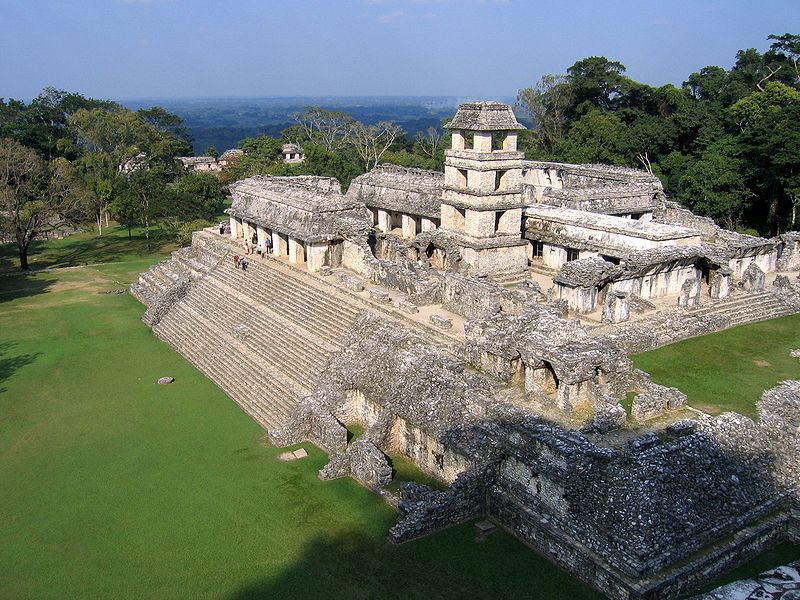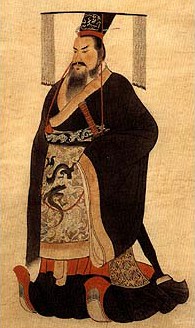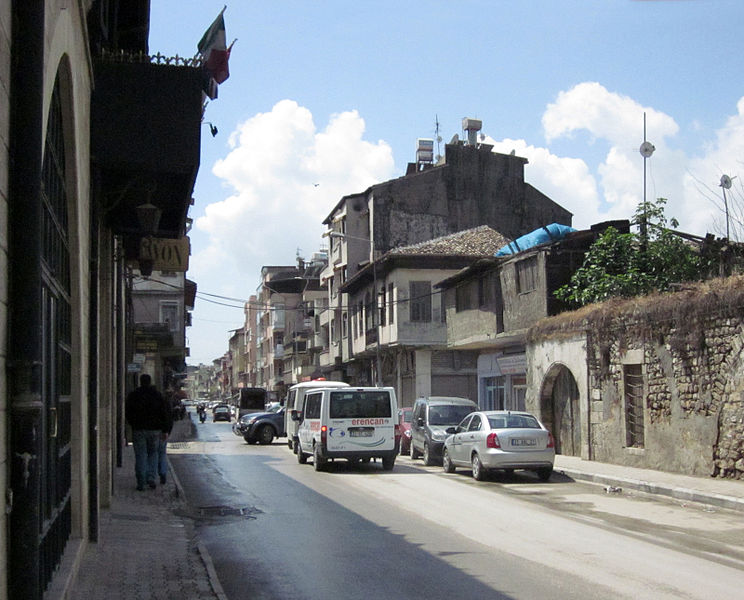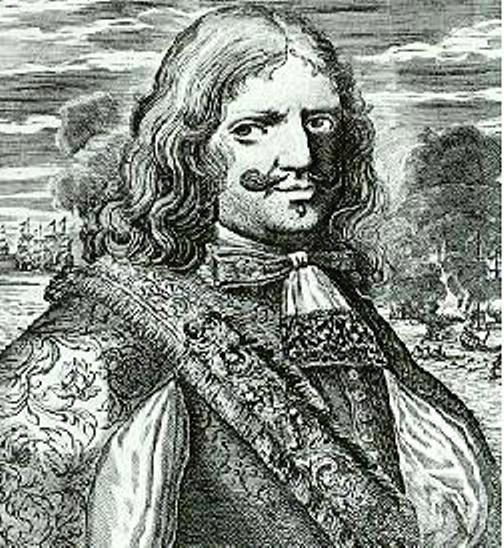Mexican citizens protest government use of archaeological sites
I’ve been writing a bit lately about the benefits of using tourism and marketing to fund archaeology and the search for the past. There is a point, however, when things go too far and the protection of sites becomes more important than the making of money, even if it does fund other projects. This particular violation is happening in Mexico right now, as the government seeks to make additions to sites that are designed to bring in more people. This is upsetting citizens who think that this is an insult to their heritage and archaeologists who are worried that the sites will suffer major damage.




